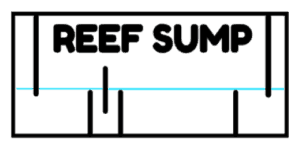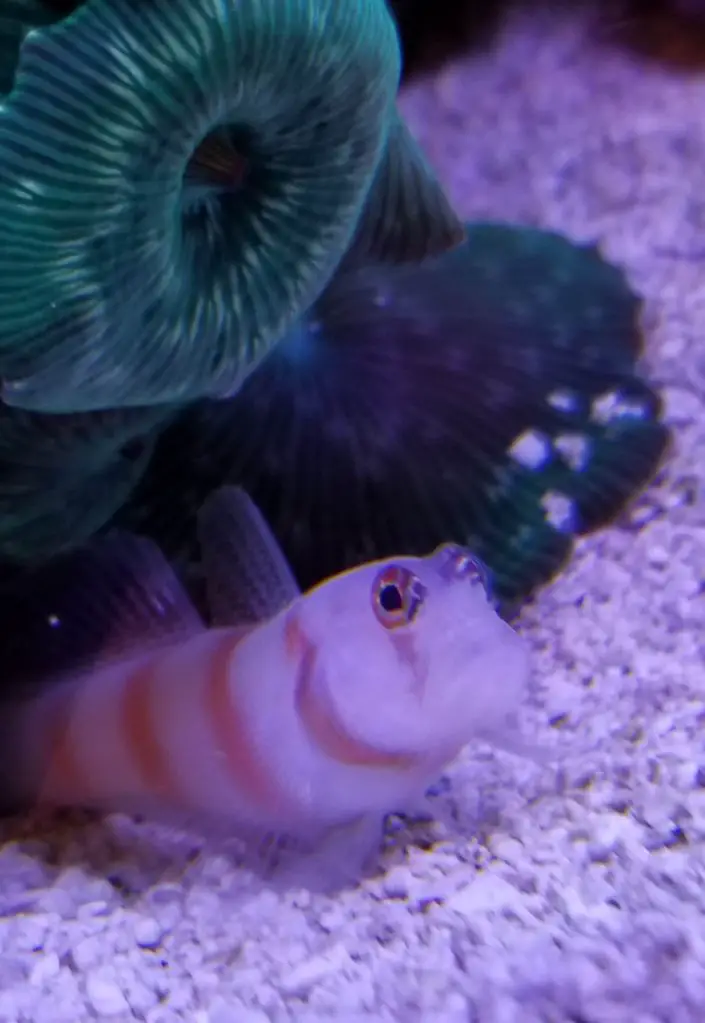
At the time of this writing, America is trending towards a lock down status with schools shutting down, limited grocery supplies, limited service from bars and restraints, and many other disruptions and concerns with our everyday lives. The recommendation for social distancing and sheltering in place is our new normal.
Those of us in the marine aquarium hobby may find ourselves with some extra time that might be used on our tanks.
I’m sure we will get through this, rebuild, and I hope the impact is as light as possible for everybody. I hope everybody stays safe and healthy in these trying times. With that said here are some ideas and things I may look to do with my hobby as we work towards getting through this crisis.
#1 Simply Enjoy Your Tank
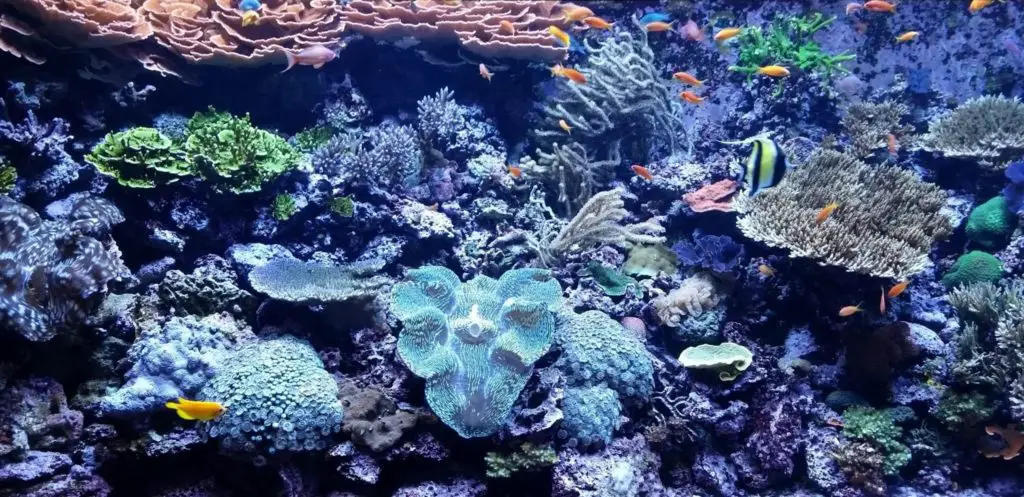
For me, this is number one on my list. Even before this crisis, my tanks have pretty much become my main source of entertainment.
I’ve replaced the television screen with a glass box full of life. I think that generally speaking we are very busy people and we don’t often slow down enough to observe or simply look at the beauty around us. That even goes for those of us with a saltwater fish tank.
If you take a step back and admire what you’ve created, I think you will find a deep appreciation of your creation.
You’ve essentially created a self-contained world that is dependent on constant support to keep it alive, whether it’s feeding or maintaining the system. Taking a step back you can see the intricate interactions of your fish, the beauty of your coral, and the amazing capability of the equipment in your system.
I like to take time, usually towards the end of the day to just sit and watch the tank. Reading a good book or listening to a podcast in front of the tank is very relaxing too. I also like to make sure my family is involved during the fun parts, like adding a new fish or coral to the system. One excellent opportunity to involve the family is during feeding. I like to gather the family around the tank during feeding and have my kids participate.
#2 Teach Your Kids the Science, Biology, and Engineering of Your Reef Tank
At the time of this writing, I have two kids ages 7 and 9. Having a reef tank has been a great opportunity to involve them in my hobby and teach them about the different aspects that may come in handy in their lives someday.
There are many things you can teach your kids about when it comes to reef tanks. Topics span biology, science, engineering, and even practical topics like plumbing and DIY tasks. Some of the topics that I’ve discussed with my kids are the aquarium nitrogen cycle, how siphons work, how the tank’s plumbing works, what is happening in the various components in the sump, and why lighting is important to corals.
My kids love to observe the inhabitants of the tank and their inquisitive minds always have questions that lead to teachable topics and moments. They have asked about each fish and now know how Clown Fish determine gender and have experienced the symbiotic relationship between the Pistol Shrimp and Watchman Goby.
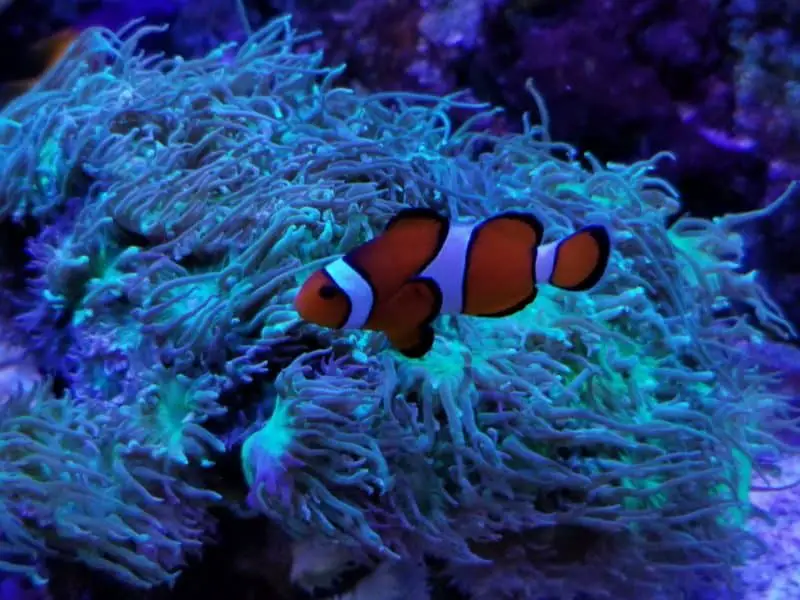
Some great times to expose your kids to the hobby is during maintenance. Having them help during water changes and general maintenance is a good opportunity for them to see the work involved in keeping a tank and what equipment does what. I also like to include my kids in DIY projects. I made a hanging fixture for my Radion lights and my son was more than happy to assist in measuring and building the fixture with me.
#3 Map Out Your Current State and Ideal Future State Reef Tank
My day job is centered around process improvement with the goal of continuous improvement. I like to use some of these tools when thinking about my tanks. One of these tools is to consider the current state of something and design an ideal future state. The first step is to write out the current state of your tank. This can be in the form of a diagram or a simple list of your current system. Include everything in the system like lights, sump, return pump, filtration devices, dosing, and anything else you might have in your tank.
Once you’ve accurately documented the current state of your system you then want to think about a goal for your system. There are many things to consider when goal setting for your tank. Some people may want the simplest most self-sufficient tank possible while others may be looking for top performance with the newest and greatest equipment out there. There may be other goals like wanting to keep certain species of fish or coral. Most people will find they are looking for a mix of various goals. When it comes to my primary 210-gallon mixed reef tank here are some of the goals for my tank.
- Relatively easy to maintain
- Efficient operation
- Generally peaceful fish with multiple tangs
- Ability to keep both SPS and LPS
- Somewhat budget-friendly
Once you have your goals stated, you can then begin to design your system’s ideal future state.
Using your goals as a compass look at the components of your current state and write down what you feel would be the ideal future state that would meet the goals you’ve laid out. You may find that you are already at the future state for some components or you may feel the need to start from scratch or modify your goals. Once you have your ideal future state mapped out, you can compare the two to see how you can move towards the ideal future state.
The next step is to prioritize. Prioritization often comes down to budget and what will have the most impact on meeting your goals. Take a look at each area and prioritize base on your budget or what will have the biggest impact and is possible. Break down each area into some action steps that you can start to move towards that ideal state.
Without a clear plan in place and the current state is known, it is hard to improve.
#4 Make a List of Livestock and Future Wants
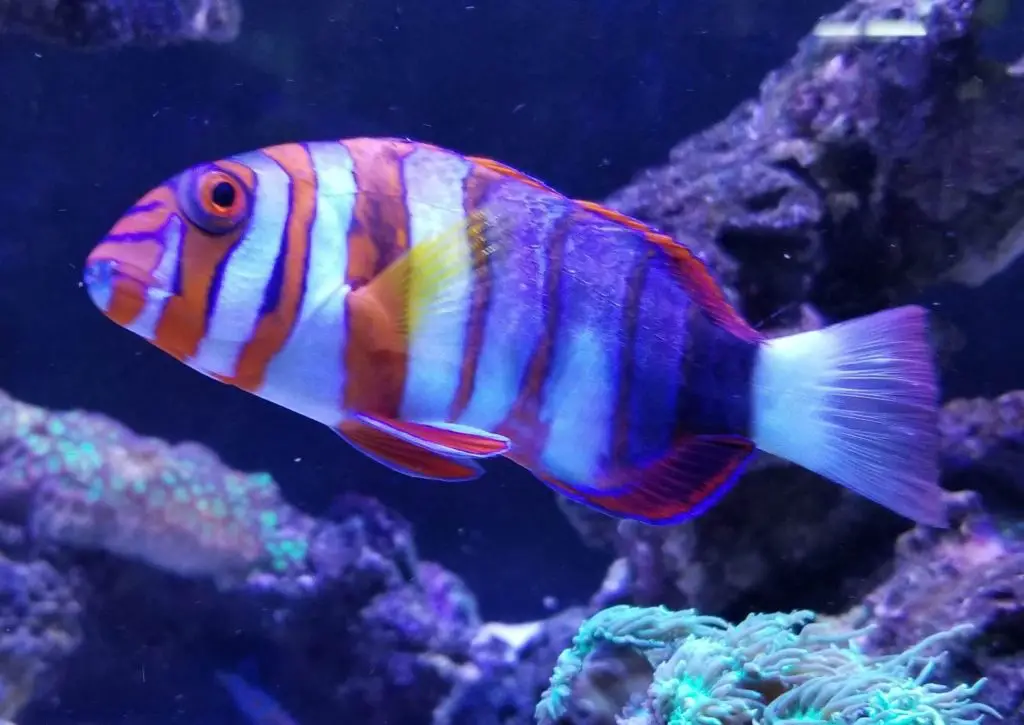
I like to keep a list of all my fish and corals in all of my systems. This is very similar to the above current ideal future state. I keep a simple list of my fish by tanks. Under each tank, I also keep a list of fish to remove from the system, and future fish to add. Keeping a list of fish and wants has helped keep me from impulse buying a fancy fish I saw at the LFS that may or may not fit into the goals of my tank.
#5 Plan Your Dream Tank
This is another exercise that can be fun to do. For this exercise think about your dream tank with the consideration that time, space, and money don’t factor in. Think about the size you would want and where to put a dream tank. You can even put a list together of the equipment it would take to run it. Putting this to paper may just plant a seed that could come to fruition in the future.
It’s also fun to revisit this every once and a while to see if your thoughts and priorities around the hobby have changed.
#6 Conduct Maintenance Tasks That Have Been Put Off
Has your tank been neglected due to hectic everyday life? Or have you just been lazy in the general husbandry of your reef tank?
Having some extra time might be the perfect opportunity to conduct past due maintenance or rehab your tank. Some of these situations might include turning over and cleaning the sand bed, cleaning out your sump, fighting algae issues in the tank, and fighting pest issues in the tank-like Aiptasia. Below are some articles to help you through your way on some of these tasks.
14 Ways to Keep Your Reef Aquarium Sand Bed Clean and ReefSumper’s Favorite Way
Complete Guide to Getting Rid of Aiptasia in Your Reef Tank
How to Make and Use an Aquarium Sump Waste Vacuum
How to Use a Shop-Vac to Deep Clean Your Aquarium Sump
#7 Process Improve Your Manual Reef Tank Tasks
In the marine reef-keeping hobby, many tasks are done manually which can take great time and effort. This tip is all about working on continuous improvement of those tasks to save time and gain efficiency. Here are some ideas on things to think about improving so, in the end, you can focus on other things important to you in the hobby.
Set up an ATO: As an aquarium sits it constantly is evaporating fresh water and it must be replenished. Depending on your tank size and environmental factors this can be a little or a lot. My 210-gallon tank goes through about 5 gallons every 2 days or so. Filling up the container can be a drag. One of the biggest improvements on my tanks was including an automatic top-off system.
These work by sensing a low water level in the sump then triggering a pump to come on in a freshwater container to replenish. If you don’t have this setup, it’s a big reduction in manual tasks that I wouldn’t go without on any of the current or future tanks.
Water change improvements: Regular water changes are a staple of keeping a happy healthy reef. This can also be one of the more taxing chores in the hobby. For this, consider the process you take and the equipment you use to brew, remove water from the tank, and put new water into the tank. Along these processes are opportunities for efficiency. Think about each step of your process and try to identify steps that you can remove or improve to save time and effort. Sometimes it comes down to using the right equipment and containers. I’ve gotten pretty efficient with changing out water on my 210-gallon tank where it only takes about 20 minutes when you take out the time it takes properly mix the saltwater and bring it up to temp. One can even go as far as designing a system that can do an auto water change with the push of a button.
How to Make a PVC Garden Hose Aquarium Water Change Attachment
Another thing to consider is the equipment you are using to do regular maintenance like glass cleaning. If you are just getting by it might be time to consider another device that would make the task easier like a flipper scraper or a Kent Marine long scrapper.
ReefSumper Recommended Maintenance Gear
#8 Make Your Tank More User Friendly
There are many things that can be considered when looking to make your tank more user-friendly. To identify these take stock of when you are interacting with your tank and what annoys you or is causing friction. Take stock of these points and work towards improvement again. Here are some that I have tackled.
Reef sump lighting: In some systems, it can be hard to see the sump area in the cabinet if it is not well lit. Lighting the sump area up is a great upgrade to the interior of your aquarium stand. Compact fluorescent fixtures and led strip lights work well. If you have a Neptune Apex you can also build in some door switches to make the light come on automatically when the cabinet doors are opened up.
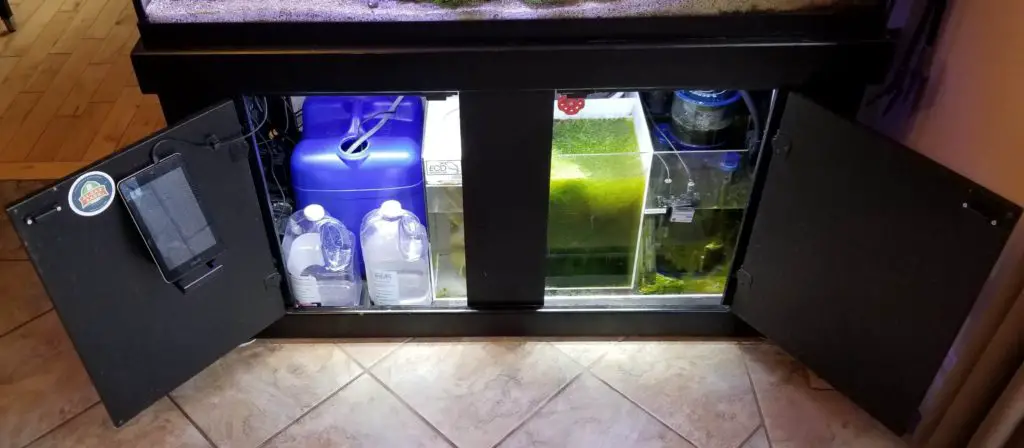
How to Setup Aquarium Stand Lighting and Program to Turn on Automatically When Doors Open
Tablet control: If you have a controller like the Neptune Apex or other pieces of equipment that are connected it can be nice to have a separate tablet with the control apps. I had an old tablet that I wasn’t using laying around. I mounted it to the inside of the tank and had controllability of my Apex without having to fish out my phone every time.
Cord Management: This is an area that I think a lot of reef keepers neglect. I often see beautiful systems and tanks with a wild ball of cords in the back. Taking the time to run cords so they are neat and tidy not only looks better but makes accessibility easier and is actually safer.
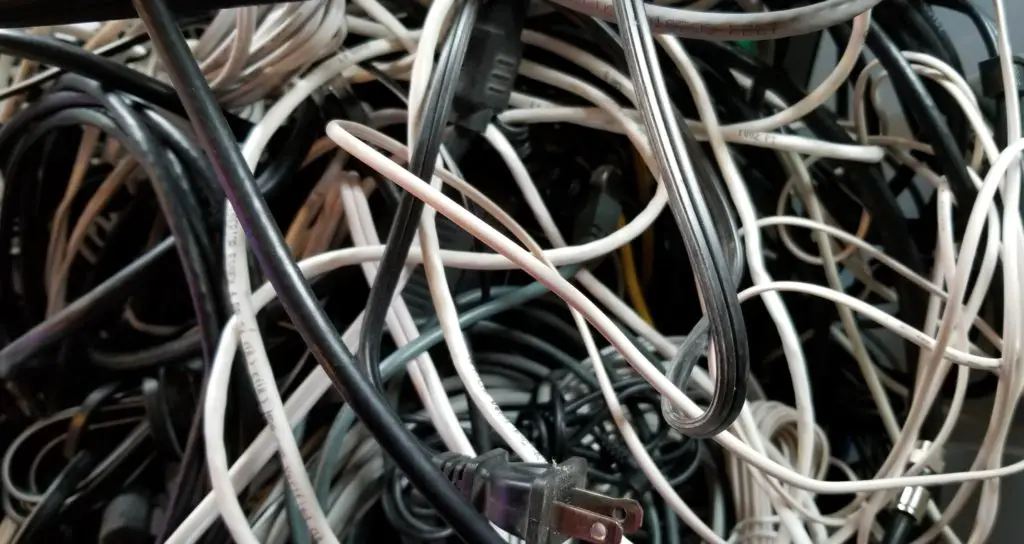
10 Aquarium Cord Management Accessories
Top 10 Aquarium Electrical Safety Tips
#9 Clean Out Your Inventory of Aquarium “Stuff”
If you’ve been in the hobby for an extended period of time there’s no doubt that you’ve probably built up a sizable inventory of goods and reef-related items. Taking the time to look through everything you have and looking to get rid of stuff you never use can feel like a weight lifted off your shoulders when clutter is reduced. When you go through your stuff you may find some value in the items you have and might be able to sell them or trade them for other equipment, frags, or livestock.
I’ve found good results selling equipment on eBay, in forums, to my local fish store, and on the Facebook marketplace.
#10 Set up a Quarantine Tank
Are you looking to add new fish or corals in the future? If so this could be the perfect time to set up a basic quarantine tank.
We can now see firsthand the importance of quarantining ourselves in the midst of a pandemic. We should all be treating our fish the same as it’s a much smaller environment and fish coming in from the outside are most definitely exposed to a number of illnesses on their journey to your tank. A good quarantine tank and a quarantine process are essential to mitigate the risk of a critical failure in your fish inhabitants.
How to Set Up a Quarantine or Hospital Tank for your Reef Tank
